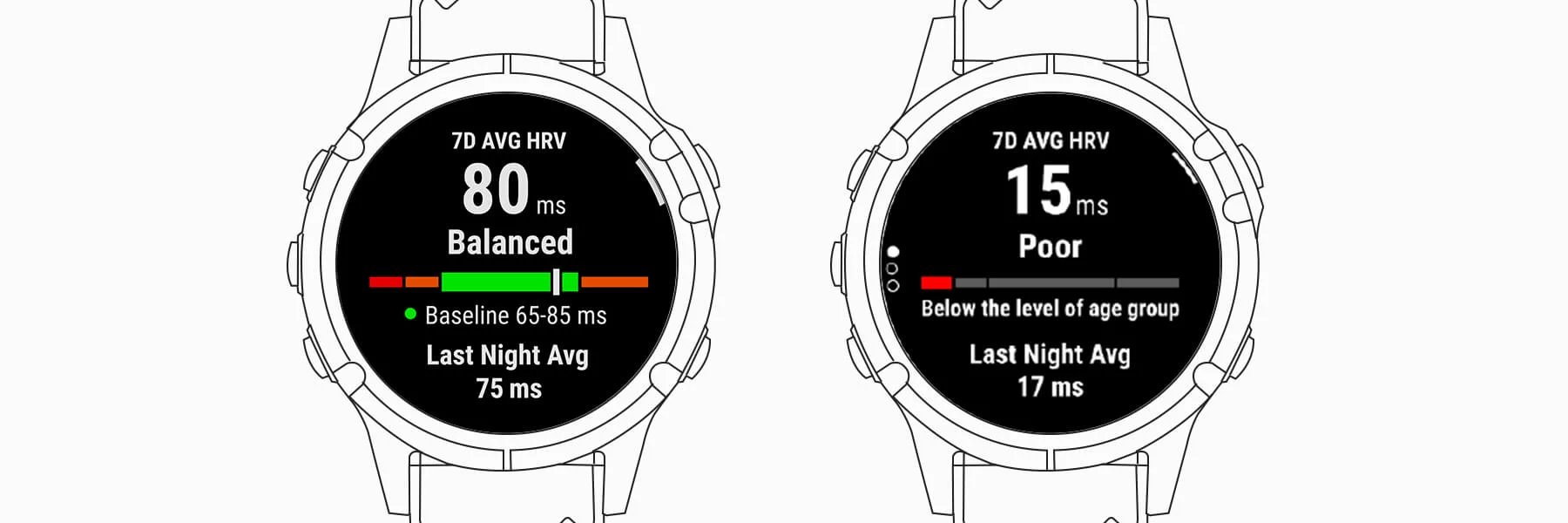When you’re coming back from an injury, recovery isn’t just about muscles and joints — it’s about your nervous system. Every rep, every rehab session, every night of sleep — your body is constantly balancing stress and recovery behind the scenes.
One of the best ways to track how your body is handling that balance is through something called HRV, or Heart Rate Variability.
What HRV Actually Means
Your heart doesn’t beat like a clock. There’s a small variation in the time between each heartbeat — and that’s a good thing.
That variation is your HRV.
A high HRV means your nervous system can easily switch gears — from “go mode” (training, stress, competition) to “recovery mode” (rest, repair, rebuild).
A low HRV means your body might be stuck in go mode. You’re burning energy, but not rebuilding.
Why Low HRV Can Mean Slow Recovery
When HRV drops, it’s a sign that your system is overloaded. That could be from:
-
Training stress or doing too much too soon
-
Lack of sleep or poor nutrition
-
Emotional stress, travel, or even dehydration
If you’re dealing with an injury, low HRV can mean your body is having a hard time shifting into recovery mode. The repair process slows down, inflammation lingers, and progress feels like it’s stuck on pause.
You might be doing “all the right things” in rehab, but your nervous system is still telling your body, “We’re not safe enough to heal yet.”
How to Support Better HRV (and Better Healing)
You can’t force recovery — but you can create the conditions for it.
Here’s how to support your HRV:
-
Get real rest. Sleep is your body’s repair window. Protect it.
-
Breathe with intention. Slow breathing or guided breathwork can help flip your body into recovery mode.
-
Move the right way. At Omega Project PT, our movement screen helps find what your body actually needs — not just what looks cool online.
-
Eat and hydrate like it matters. Because it does.
-
Listen to your data, but also to your body. HRV is a tool, not a rule.
Try This Breathing Exercise
Because our heart rate slows slightly during an exhale, exhalation is an essential part of healthy breathing and can help increase our HRV. A lot of us actually don’t exhale for long enough, especially if we’re not appropriately using our diaphragm. A breathing exercise called “the physiological sigh” can help us get that full out-breath and calm the nervous system.
- Take a deep, quick breath into the nose, filling up the lungs almost all the way.
- Take a second, quick breath through the nose to really expand the lungs.
- Breathe ALL THE WAY OUT for a nice, long exhale.
Tip: If you’re unsure about whether you are breathing through your diaphragm, come see us! There are many factors that can restrict diaphragmatic breathing, including strength and mobility.
The Bottom Line
Your HRV is like a window into how your nervous system is managing recovery. When it’s high, your body is ready to rebuild. When it’s low, it’s time to back off, rest, and recharge.
By learning how to work with your nervous system — not against it — you make recovery faster, more efficient, and more sustainable.
Because healing isn’t just about doing more.
It’s about doing what your body actually needs.

